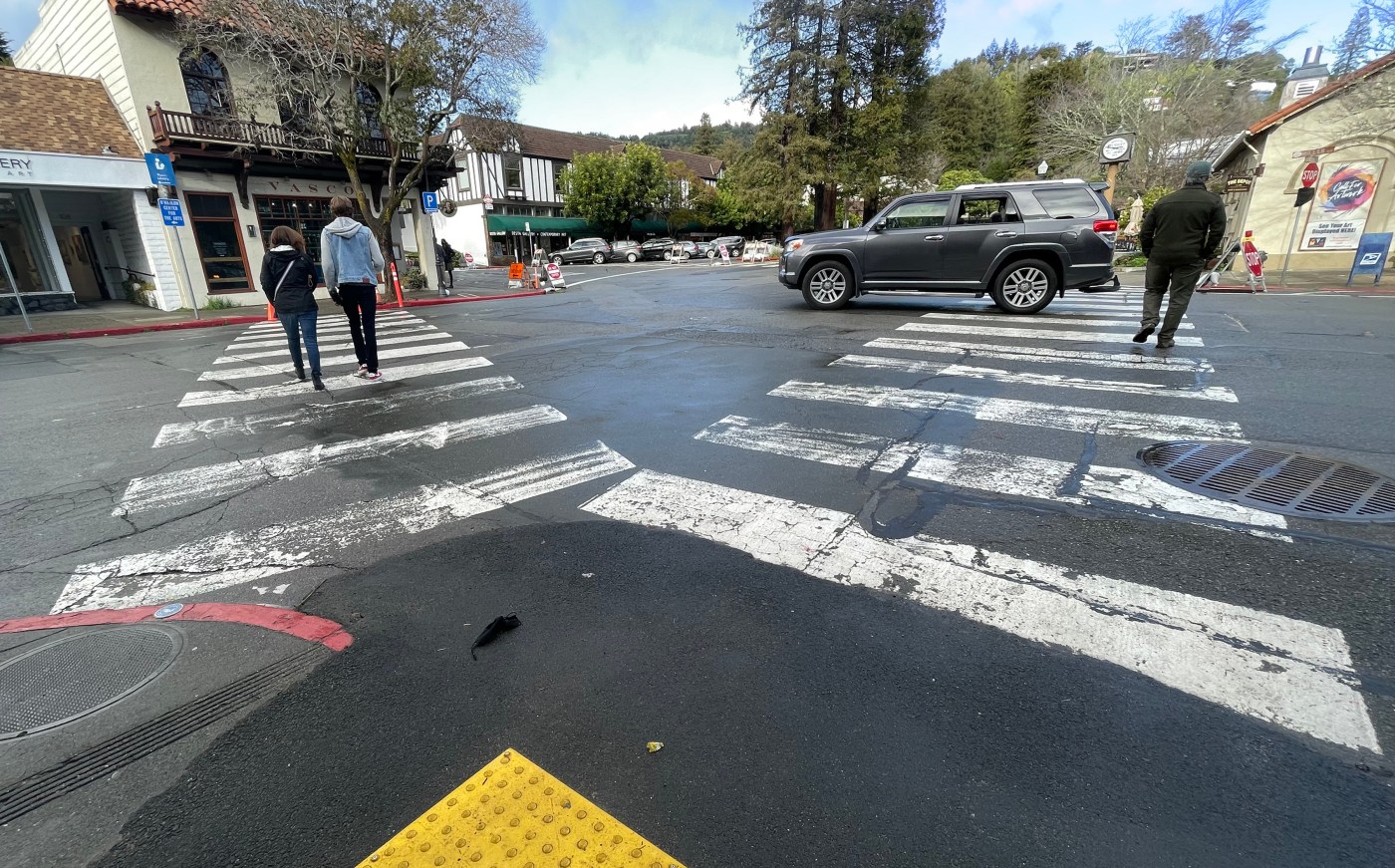The average amount that car owners owe on upside-down auto loans has reached a record high of $6,905 in the third quarter of 2025. This figure, reported by industry expert Edmunds on October 15, surpasses the previous record set earlier in the year. This growing trend indicates that more consumers are trading in vehicles valued less than their outstanding loans, further increasing their financial burden.
In the third quarter, 28.1 percent of vehicles traded in for new purchases had negative equity, meaning the loan amount exceeded the vehicle’s worth. This percentage marks an increase from 26.6 percent in the previous quarter and represents the highest level of negative equity since the first quarter of 2021.
The implications of these figures are significant for both consumers and the auto industry. As more individuals find themselves in this precarious financial position, the trend raises concerns about the sustainability of auto financing practices. Edmunds noted that the increase in negative equity indicates a growing problem where owners are rolling over more debt into new loans, which may affect their long-term financial health.
The rise in upside-down loans is attributed to several factors, including fluctuating vehicle values and the ongoing economic conditions that have impacted consumer purchasing power. As vehicle prices have seen volatility, many owners find themselves in situations where they owe more than the current market value of their cars. This trend could potentially complicate future purchases for consumers who may struggle to secure favorable loan terms when trading in their vehicles.
Financial experts urge potential car buyers to be cautious when considering new loans, particularly in the current climate. Understanding the implications of negative equity can help consumers make more informed decisions, potentially avoiding financial pitfalls associated with rolling over debt.
As the auto industry adapts to these challenges, both consumers and manufacturers will need to navigate the complexities of financing and vehicle valuation, especially in a market where the average loan balance continues to rise.







